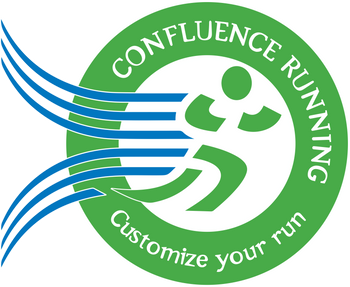Step-by-Step Guide to Writing an Effective Article Research Summary

How to Complete an Article Research Summary
To successfully complete an article research summary, follow the steps below:
Step 1: Read the Article Carefully
Before writing, carefully read the entire article to fully understand its key points. Take notes on important details such as the main topic, key arguments, supporting evidence, and any conclusions drawn by the author. If necessary, read the article multiple times to ensure comprehension.
Step 2: Write a 125-Word Summary
- Your summary should be one paragraph (double-spaced) and approximately 125 words.
- Focus on summarizing the article’s main points rather than including every detail.
- Use your own words to explain the key ideas. Do not copy sentences directly from the article.
- Keep it objective—do not include personal opinions or experiences in this section.
- Example questions to consider when writing:
- What is the article about?
- What are the key arguments or findings?
- What is the conclusion or main takeaway?
Step 3: Write a 125-Word Analysis
- Your analysis should be one paragraph (double-spaced) and approximately 125 words.
- This section is where you provide your personal thoughts and reflections on the article.
- Discuss how the information in the article relates to your own life, experiences, or opinions.
- Consider the following when writing:
- How does this information impact you or your understanding of the topic?
- Do you agree or disagree with the article? Why?
- How can you apply this information to your own life?
- Does the article change the way you think about the subject?
Step 4: Proofread and Edit
- Review your writing to ensure clarity, proper grammar, and sentence structure.
- Make sure your summary is accurate and objective, and your analysis provides a thoughtful reflection.
- Check that you have met the word count and formatting requirements (double-spaced, one paragraph per section).
By following these steps, you will produce well-structured and insightful article research summaries throughout the semester.
________________________________________________________________________________
Here is the link to the article:
👉 How to Change Your Training When Changing Your Race Distance 👈
________________________________________________________________________________
Article Research Summary Example
Summary
The article “How to Adapt Your Training When Changing Your Race Distance” outlines the key considerations runners must take when transitioning to a different race length. It emphasizes the importance of identifying the specific demands of the new race, such as speed for short distances or endurance for longer ones. The article details race-specific training routines, including workouts tailored for 5K, 10K, half marathon, and marathon distances. It highlights the significance of overall running fitness, including improving lactate threshold, aerobic capacity, and proper nutrition. Additionally, it stresses the importance of race-specific training closer to the event and prioritizing recovery to avoid overtraining and injury. The piece concludes with advice to increase training gradually and incorporate sufficient rest to ensure a smooth and effective transition to the new race distance.
Analysis
This article is particularly relevant to me because I have considered transitioning from shorter races, like 5Ks, to a half marathon. The breakdown of different training styles for each race distance gives me a better understanding of how I need to adjust my workouts. For example, I now recognize the importance of increasing endurance gradually rather than simply trying to run farther without a structured plan. The emphasis on lactate threshold and aerobic capacity also made me reflect on my current fitness level and how I can incorporate more effective workouts, such as tempo runs, to improve my performance. Additionally, the reminder to prioritize recovery resonated with me, as I often push myself too hard without allowing my body to rest properly. Overall, this article provided me with a clear roadmap for adapting my training safely and effectively when switching race distances.
Tags for how to create an article research summary
race distance training, how to train for a marathon, switching from 5K to 10K, how to adapt running training, training for different race distances, marathon vs sprint training, 5K vs 10K training plan, running endurance vs speed, customized race training plans, race-specific workout routines, improving running endurance, how to increase running speed, adjusting training for longer races, short distance vs long distance running, running workout plans for beginners, how to prevent injury when training, aerobic capacity and running performance, best training tips for runners, how to train for a half marathon, lactate threshold and race performance, Binghamton University running classes, HWS 101 Binghamton University, HWS 103 swimming course, HWS 215 endurance training, HWS 217 running and health awareness, HWS 220 triathlon training Binghamton, HWS 222 marathon training course, Binghamton University fitness programs, BU health and wellness studies, running training at Binghamton University



